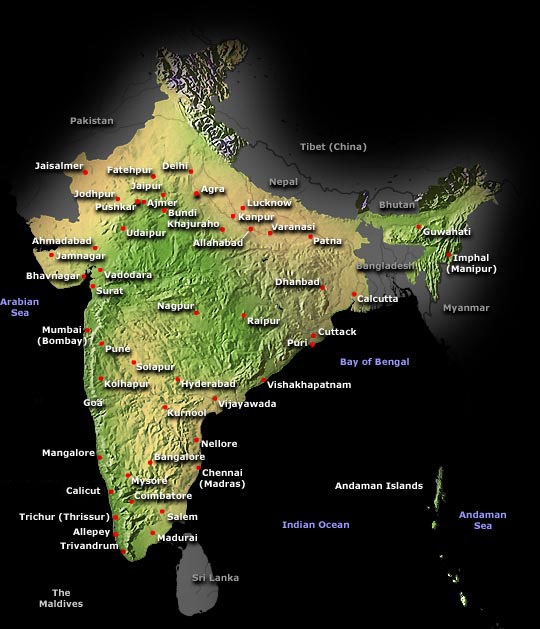Sunday
9.September.2007
Last night I dreamt about getting a Stirling engine. It was brand new and just like unwrapping a birthday present. The only problem is, I don’t remember anything after that…I don’t even remember its rated power.
So, maybe I’ve been reading too much about gasifiers, but I do believe my dream was a good omen because today, Greg (our electrical engineer expert in Texas) sent an email about a successful 9kW biomass-powered Stirling engine installation in Denmark. Maybe Stirling engines aren’t as inaccessible as they once were!
Why the big excitement over Stirling engines? Since they are heat engines, they present a potentially less messy way of capturing biomass-generated energy. Though the topic is one of contention, many think Stirling engines don’t need as much gas clean-up as internal combustion engines, which means eliminating up to five components in our system and worrying much less over the exact gas composition coming out of the firebox.
However, thinking about Stirling engine application is still on the horizon, whereas engine governor issues and questions of safe operating hours sit on the plate today. Most of our day was spent redesigning the gasfication system. Although the system was originally designed to support a 5kW output, it is currently generating 7kW, and we would like to support 10kW. Achieving 10kW may just be a matter of changing the positioning of the air inlets or the hearth diameter, but it will take a combination of theory and testing to find out.
Diving headfirst into the theory, David and I sat down with an excel spreadsheet and gasification literature floating around us and went through all the calculations—from the Prakash engine’s 1500 rpms to hearth load to nozzle inlet sizing to throat plate/air inlet height ratios. We calculated three sheets of data for three potential designs. Implementing the designs while staying within the budget is a bigger challenge. Some parameters are very costly to change—such as hearth diameter—but other parts are easier (like the throat plate height, which David designed to be alterable).
Around six O’Clock our stomachs began churning and the Scottish porridge and poached eggs from the morning were no longer holding us through. Luckily, we went into Paro earlier today and made our rounds in the Sunday market. We now have enough Sardines—not to mention other more nutritious items like fresh fruits and veggies—to feed an army. David usually goes into market at 7:30AM but we arrived nearer to 10. The day was already hot and the path already covered in squished veggie remains. But the market pace showed no signs of slowing and we meandered through crowds and women with red beetlenut smiles to find the items on our list. After buying all our groceries, I welcomed David’s: what do you say we go find ourselves two bottles of cold Pepsi?
With the arrival of the sun, the roofs around Paro and our smaller village, Bondey, have turned red. It’s chili harvest season and once the little green chilis are picked from the vine, they end up on the roof as villagers wait for the magical transition from green to red.
More shocking than the bright red color of the chilis is the fact that one roof-full may barely last a week in a Bhutanese household!
Monday, September 10, 2007
Subscribe to:
Post Comments (Atom)

1 comment:
First the gasifier and now a Stirling engine - you have quite the interesting fantasies. :)
Post a Comment